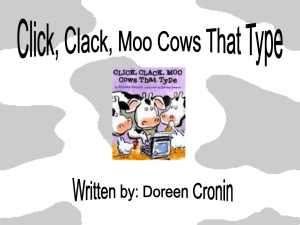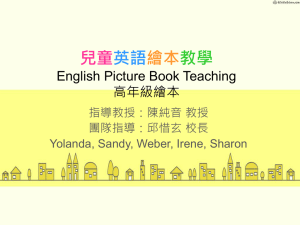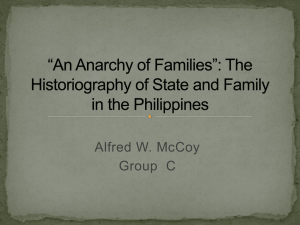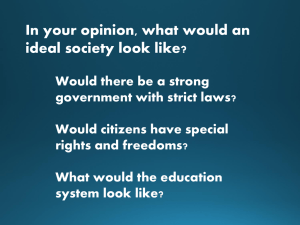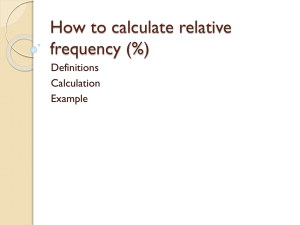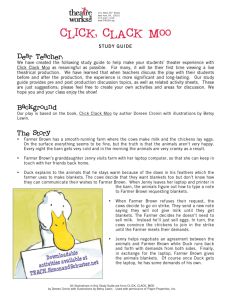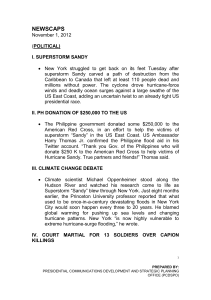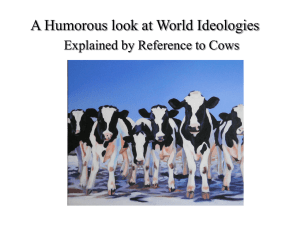Module 3 Presentation - Filipino American Education
advertisement
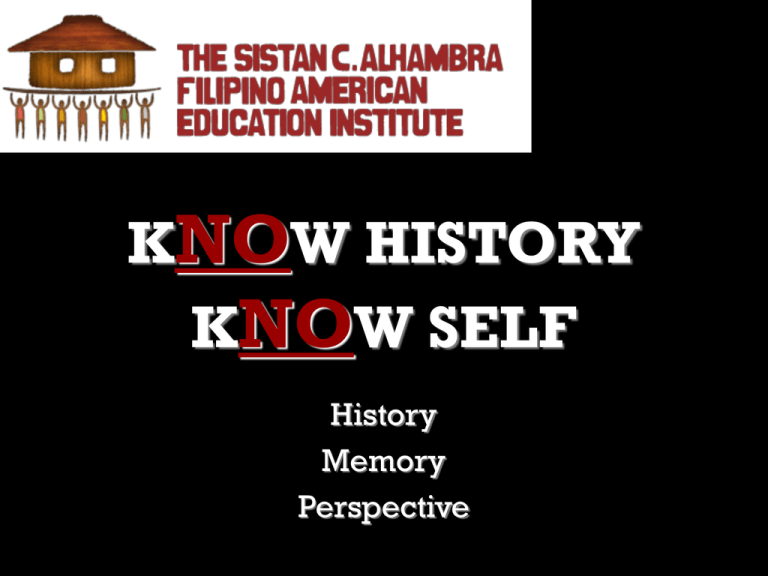
KNOW HISTORY KNOW SELF History Memory Perspective Introduction Aurelio Agcaoili* – Coordinator, Professor of Ilokano Felicia Flores – M.Ed Candidate, Ford Fellow In Philippines* Theresa Navarro – MA, American Studies; Museum Studies Rebecca Hirakami – Teacher (4th Grade), Kalihi Kai Elementary • Resource Analysis: (1) key events, people and places mentioned (2) historical perspective(s) presented (3) media type • Discuss: how does this resource contribute to your knowledge of Philippine history? Debrief: HW Overview • Perspectives & Directions • Media & Texts • Structure – Activities Official History Elites • 68% rarely to never integrate Philippine culture, history and issues into my teaching* Textbooks STATUS QUO – Resources • 60% poor knowledge of Philippine history* – Tools • 72% don’t think critically about Philippine history* • Goal: Critical Connections * Per 2010 FAEI Survey responses Social History Common People Memory LIBERATION Social Justice Looking Back, Moving Forward Ang hindî marunong lumingón sa pinanggalingan ay hindî makaráratíng sa paroroonan. He that does not look back to where he came from will never make it to his destination. - José Rizal Marcos Regime & Martial Law PRESENT 1965 – 1986 * 1986 Japanese Occupation 1940 – 1946 U.S. Occupation 1898 – “1946” Pre-“Contact” >1500s Spanish Occupation 1500 – 1898 INTRODUCTION Agenda • ROOTS Activity: New Beginnings II. ROUTES Activity: Click, Clack, Moo Tools: ILEs & “Digital Natives” LUNCH III. REFLECTIONS Activity: Bayani Break-Through Lecture: Aquino Now & Then Activity: Biyuti & Kayumanggi CONCLUSION Activity: Balikbayan Capsule Cover of The Forbidden Book: The Philippineamerican War in Political Cartoons (T’boli, 2004) Objectives By participating in this module, teachers will gain skill in: • Describing the workings of Philippine issues (Concept/Content) • Interpreting Aural, Material, Visual Culture (Sensory-stimulation/knowledge-building) • Relating and narrating historical events (Storytelling/Praxis) Standards & Strategies • • • • • HCPS Standards (see FAEI website) ELL Strategies Informal Learning Environments (ILE) “Digital Natives” Concepts: Diversity, Gender, Indigeniety, Philippines/World • Critical Praxis: What, Why, How Roots I prefer mythology to history because history starts from the truth and goes towards lies and mythology starts from lies-fantasy-- and goes toward truth. --Jean Cocteau Keywords •History •Memory •Perspective •Myths & Legends Original Artwork by Ojay Tambio (2010) Activity New Beginnings (Middle School) Instructions: Imagine you’re an ELL student tasked with presenting a popular myth or legend to your class. Find a creative way to tell this story without speaking or writing. Break – Songs of Yoyoy Villame Routes Ang kalagayan ng bansa sa isang panahon ay lumilikha ng natatanging kalipunan ng mga bayani. The situation in a country at a particular time creates its own breed of heroes and heroines. -Teresa Magbanua Key Words •Colonization •Resistance •Resilience •Revolution Krista by Pablo Baen Santos (1984) Resources Book Title: Click, Clack, Moo! Cows that Type (Reviewer: Akio) Have you ever wished you could see cows type? Well, in Click, Clack, Moo! There are cows that type! This book is funny because the cows want electric blankets, but Farmer Brown, the owner, takes out his typewriter and types back: NO WAY!!! The cows and hens go on strike, but the cows make a deal: they’ll turn in their typewriter for electric blankets. They make the duck send the typewriter back, but the duck steals it. You are going to have to read to see what happen next….. I would recommend this book because it is very funny and the pictures are very funny. Who ever heard of cows that type! Rating: Three Stars ILE • Informal Learning Environment (ILE) • Edutainment • Case Study: Diorama Experience at Ayala Museum – The nerve cente[r]… among our people, particularly our youth (Ayala Foundation, 2004) Critical ILE Engagement • Museum as a critical discursive space • Mindful encounter with the exhibition and its interpretation of content through appropriate context of production, perspective and politics Lunch LUNCH Reflections Beauty is how feel inside and it reflects in your eyes. It is not physical. - Sophia Loren Key words •B(i)yuti (Beauty) •Bayani (Hero) •Kayumanggi (Brown Skin) •Liberation Original Artwork by Ojay Tambio (2010) Activity Bayani Break-through (Middle School) Instructions: Mobilize students “digital resourcefulness” to enhance textbook narratives. Consider where students might find resources for your assigned perspective. 25 years of Hidden History • Historical Tsismis – Last presidents: Marcos, C. Aquino, Ramos, Erap, GMA, Noynoy Aquino – Politics Palimpsest: Kinship, celebrity, church – U.S. dis/interest • Personal Anecdote Felicia Flores • Break - Bayan Ko Activity Byuti & the Kayumanggi (Elemantary) Instructions: Explore concepts of beauty and diversity through a simple art walk. This activity can be adjusted by age group through varying levels of engagement. This can be even more integrated to lesson plan through “themed” images (historical figures, etc.) Debrief • Closing Activity: Balikbayan Time Capsule • What have you learned about Philippine history through this module? What were you surprised to learn? What were you surprised to know you already knew? • Why is it important to engage with Philippine history? In this digital age, why is it more important than ever to provide students with critical tools for learning history? • How can you apply activities, resources and tools from this module to your work with students? How can this knowledge help you better connect with your students?
